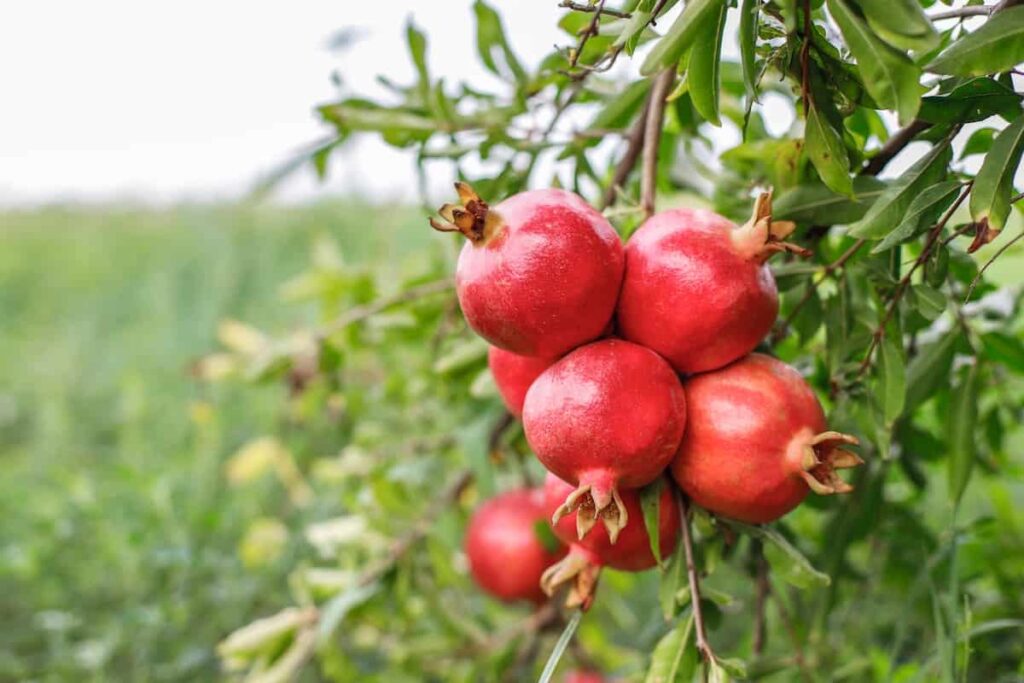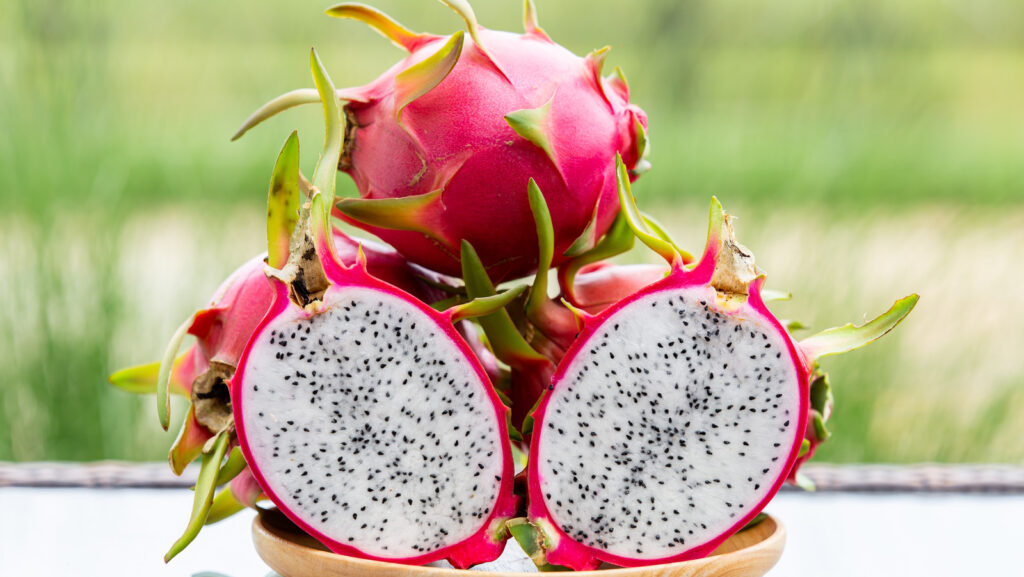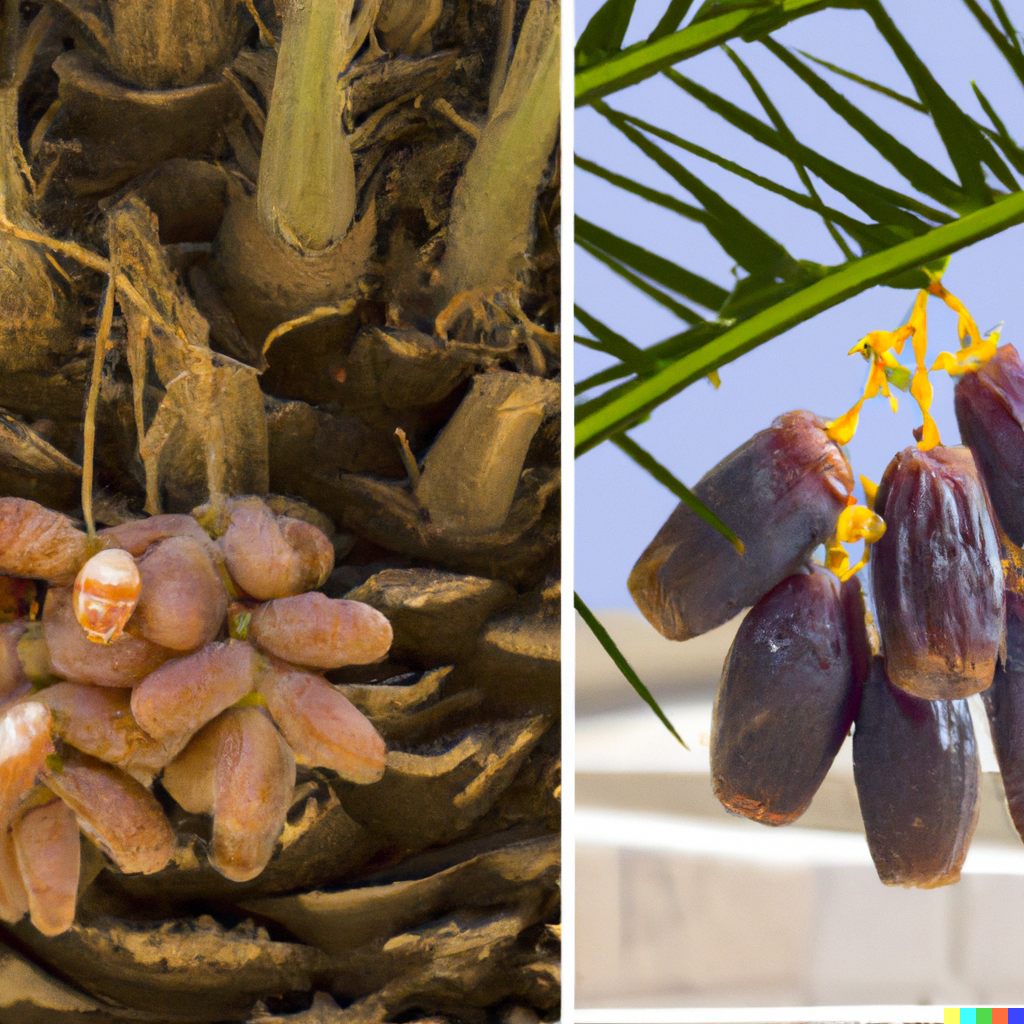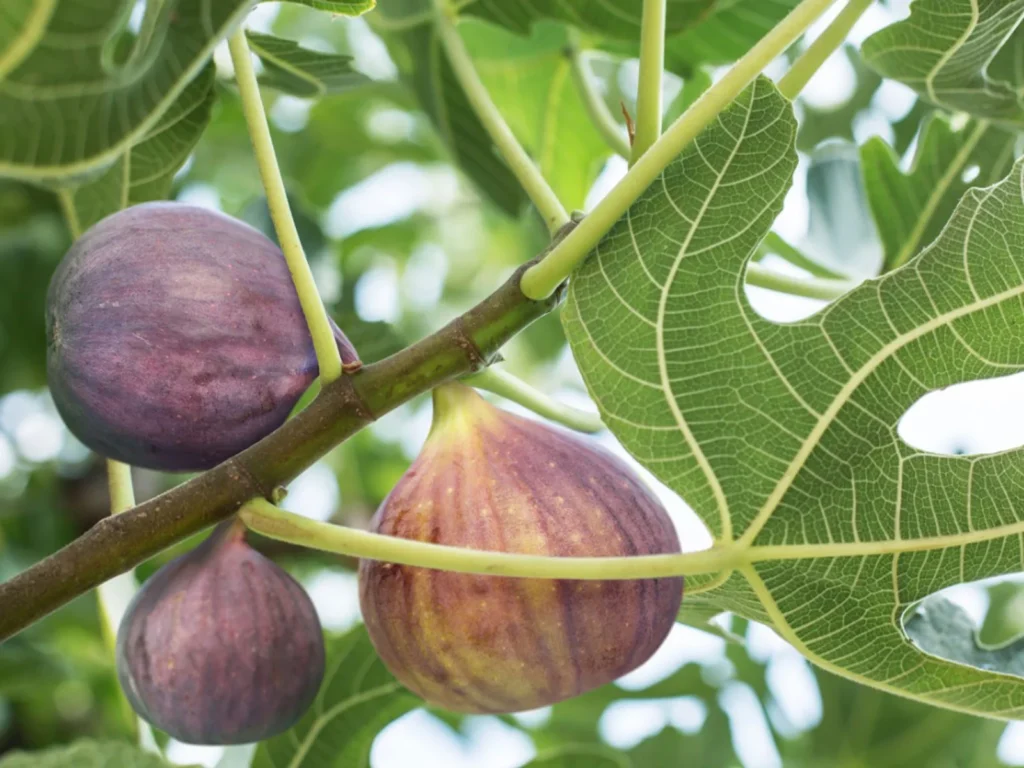Ecuador is a place with a rich variety of plants and animals. Located in South America, it’s well-known for its many different types of fruits and vegetables.
Out of all the fruits you can find in Ecuador, Guanábana, also called soursop, is the most popular and has even been named the country’s national fruit. We’re going to explore what Guanábana is, the reasons it holds the title of Ecuador’s national fruit, and the health benefits it offers.
Table of Contents
What Is the National Fruit of Ecuador?
The national fruit of Ecuador is the Guanábana. It’s known in English as soursop. Guanábana is a big fruit with a greenish-white, spiky skin and a soft, juicy inside. It tastes both sweet and sour and has big, black seeds in the middle. The fruit can be very large, sometimes weighing up to 15 pounds and growing up to 12 inches in size.
The Backstory of Guanábana
For many years, the native people of South America have been using Guanábana because of its health benefits. They even thought it had magical elements and used it in their religious events. When Spanish explorers came to South America in the 1500s, they took a liking to the fruit and introduced it to Europe.
Guanábana’s Presence in Ecuador
In Ecuador, Guanábana is very common and grown all over the country, especially in the coastal and mountainous places. Ecuador is also one of the world’s main Guanábana suppliers.
Health Benefits of Eating Guanábana
Guanábana is full of nutrients like vitamins and minerals. It’s especially high in vitamin C, which is important for a strong immune system. This fruit is also a good source of potassium, which can help control blood pressure, and it has lots of fiber for healthy digestion.
Medical Uses of Guanábana
People have been taking advantage of the medicinal properties of Guanábana for a very long time. It’s said to help reduce inflammation, fight off cancer cells, and kill harmful bacteria.
The fruit has been used to help with fevers, coughs, and skin infections, and some scientific research even suggests it might be useful in cancer therapy.
Cooking with Guanábana
Guanábana is a fruit that can be used in many ways when cooking. You can find it in sweets like ice cream, sherbets, and cakes. People also make Guanábana juice and smoothies and use it to add flavor to jams, jellies, and sauces.
Fun Facts About Guanábana
- The fruit goes by different names, such as Soursop, Custard Apple, and Brazilian Paw Paw.
- Guanábana is high in antioxidants which help protect your body.
- Tea can be made from Guanábana leaves, which is also believed to be good for your health.
- It’s thought that the fruit originally came from the Andes in South America.
- Some people think that Guanábana can increase sexual desire.
Finding Guanábana
Guanábana is mostly found in South and Central America, but it’s also available in parts of Asia and Africa. In other countries, you can sometimes buy it at special food stores or markets.
How to Eat Guanábana
If you want to eat Guanábana raw, just slice it open and dig out the white fruit inside. It’s also commonly used to make desserts, beverages, and smoothies.
Possible Negative Effects of Guanábana
Generally, Guanábana is safe to eat, but it does have a compound called annonacin, which could be harmful in high amounts. Eating too much of it might lead to stomach issues like nausea and vomiting. Pregnant women should avoid it as it might cause complications.
Conclusion
Guanábana is loved for its flavor, rich nutrients, and health benefits in Ecuador and many other places. As the national fruit of Ecuador, it plays an important role in the country’s heritage and economy. While it’s normally safe to eat Guanábana, it’s best to enjoy it without overdoing it.





![What Is the National Fruit of Malaysia And Why? [ANSWERED]](https://fruitonix.com/wp-content/uploads/2023/04/What-Is-the-National-Fruit-of-Malaysia-And-Why.jpg)



